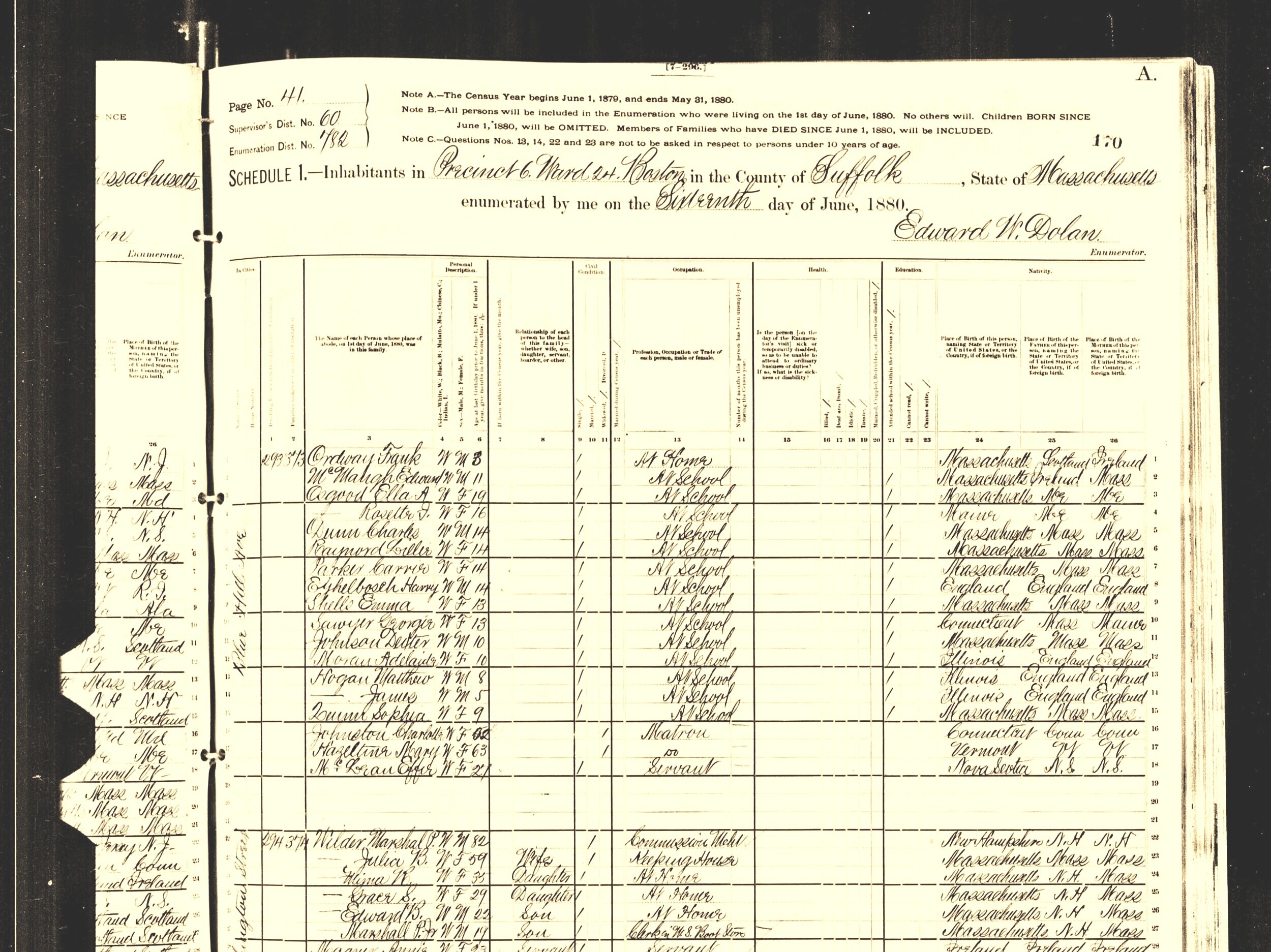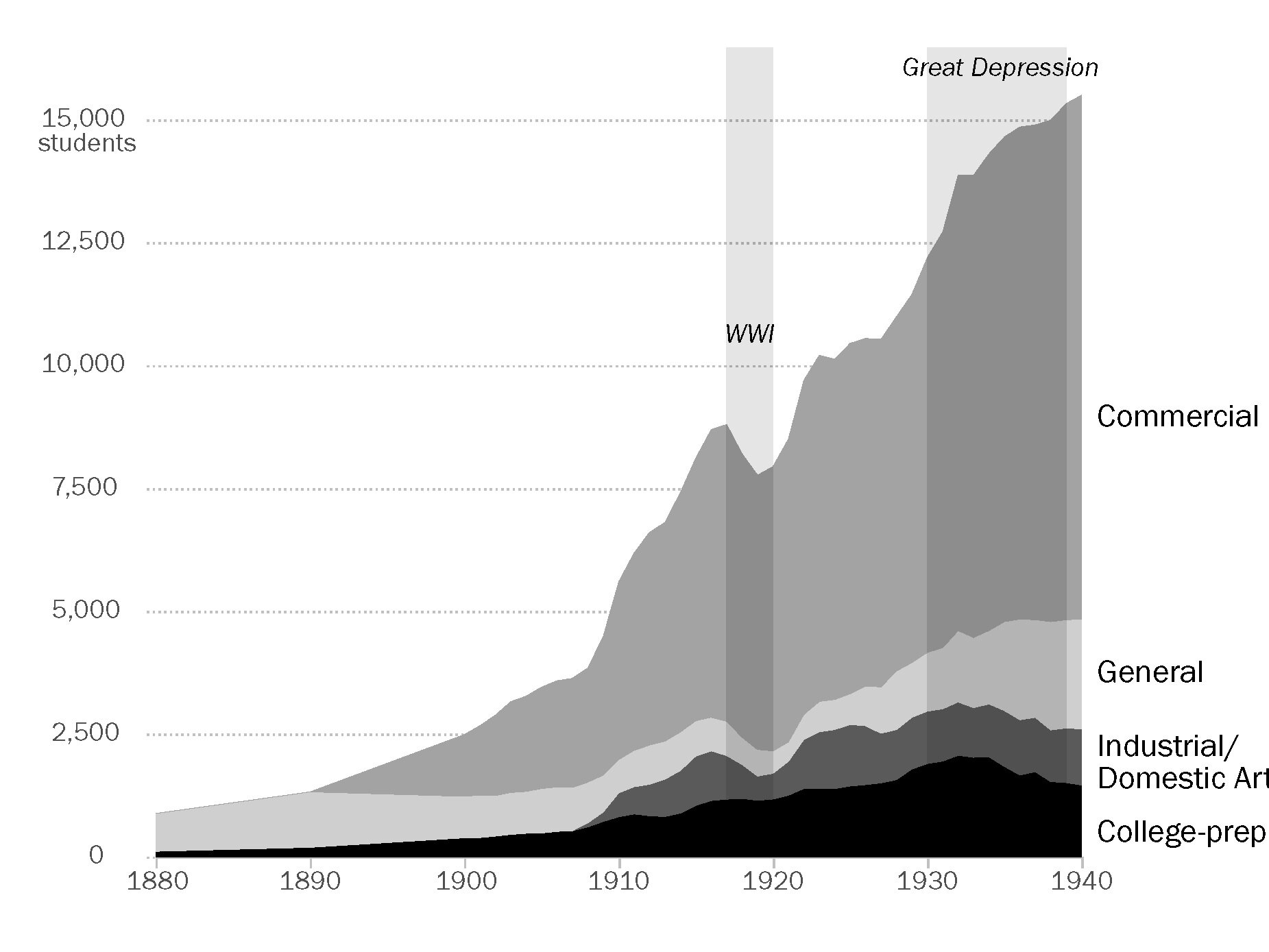
Census Data in The Education Trap
The quantitative backbone of The Education Trap is historical census data. This book is among the first monograph-length studies to use new 100% samples of IPUMS historical census microdata—individual-level data taken directly from the U.S. federal manuscript censuses—from 1880 to 1940. This dataset offers complete coverage of fine-grained demographic, occupational, and educational attributes for all individuals living in Boston through this period, and reveals, for example, the profound rise in white-collar work and school enrollment among second-generation immigrants, coupled with persistent gender, ethnic, and racial exclusion by leading professions.
Historicizing Census Data
The classification of occupations is itself historically and politically contested. Here’s how I approach occupational classifications, educational indicators, and comparability over the 1880-1940 period
Data & Codebook
Here you can access the underlying data used in this book, as well as the codebook that details the samples, variables, and coding I used to interpret Boston’s transformation in the decades between 1880 and 1940.


